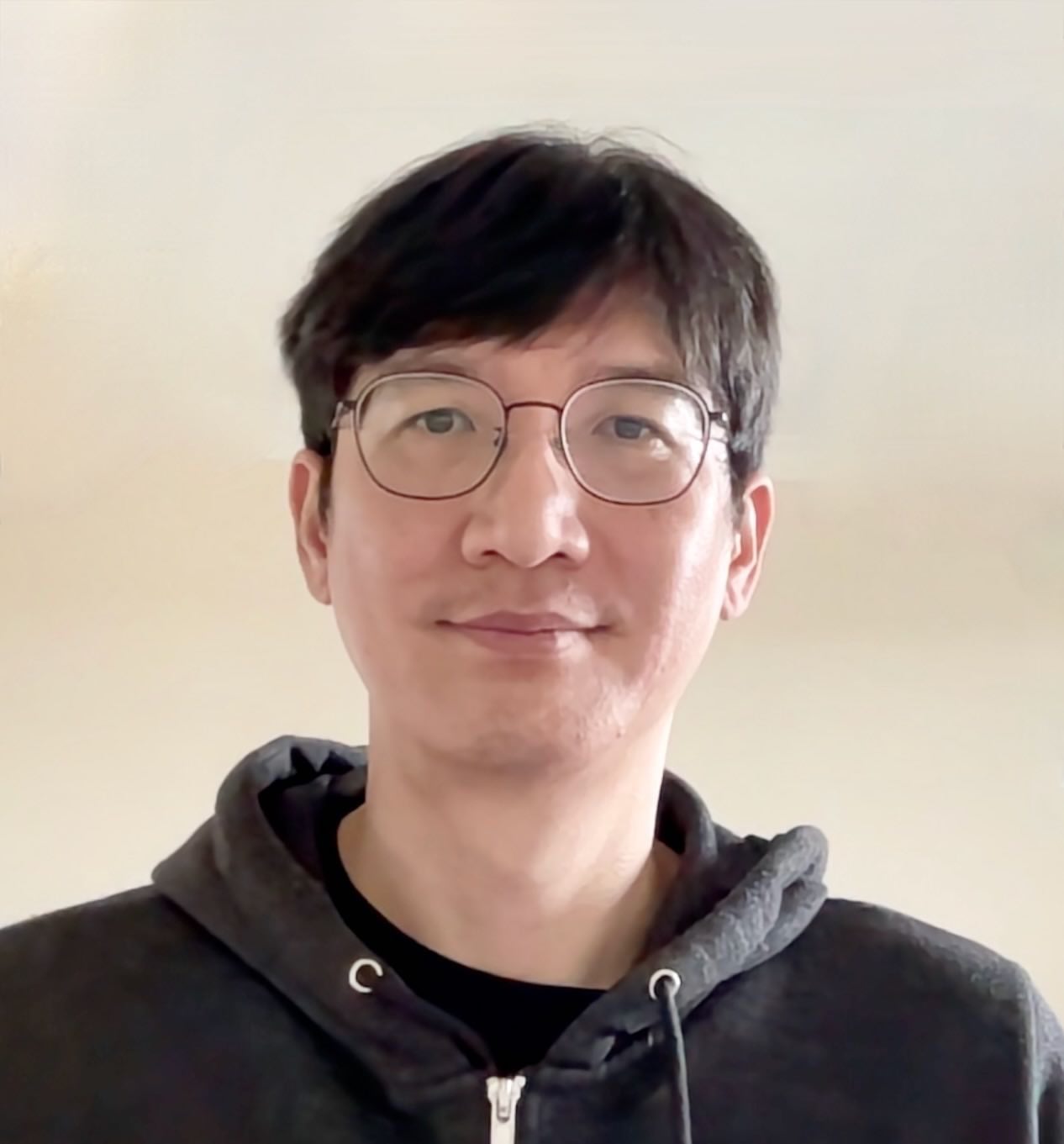Dr Seongwoo Yoo
- Affiliate (School of Engineering)
Biography
Seongwoo is a Senior Lecturer in Electronic Photonic Devices at School of Engineering. He has gained extensive research experience on novel optical fibres by leading projects on fibre-based lasers and sensors to uniquely address challenges in imminent and emerging applications.
In the University of Glasgow, he expands research interests to topics that are anchored to the strong photonics presence of the university through nanofabrication technology. His current research interests include:
- fibre light sources for bio-imaging and environmental sensing
- photonics components by incorporating nano-patterning technology into an optical fibre platform
- light generation through novel materials/structures
Supervision
Scholarship is available on a competitive basis:
https://frontdoor.spa.gla.ac.uk/ScholarshipApp/Applications/HowToApply/9
CSC scholarship is available for Chinese students on a competitive basis:
https://www.gla.ac.uk/scholarships/thechinascholarshipcouncil/
In addition, self-financed students are welcome to contact me for further discussions.
Prospective PhD students are welcome to contact me to discuss possible research topics which are relevant to the following:
1. All-fibre ultrafast laser for bio-imaging applications
Advances of ultrafast lasers have enabled fascinating applications like multi-photon microscopy that has established the ability of deep-tissue imaging. Current approaches to realise such ultrafast lasers rely on nonlinear optical process which complicates the laser system with high building cost. This PhD project aims to bring in fibre laser technology to developing an affordable ultracompact laser source that represents a radical change of medical diagnosis experience, e.g., by lowering an access fee for patients and researchers. An ultrafast laser system will be designed and developed with an emphasis on high pulse energy extraction from a novel laser fibre (e.g., thulium-doped fibre). A successful PhD student will be involved in specialty fibre development and laser building to tackle fundamental and practical limits on achieving high energy ultrafast lasers. A student will gather valuable working experience with collaborators in the UK and overseas.
2. In-fibre lithography as a new route to novel fibre components
An optical fibre is an excellent platform to confine light and prolong light-matter interaction. A side surface or end-facets of fibres can be functionalised to manipulate such interaction to desired performance or specific applications in a form of fibre devices. In this end, a hollow-core fibre where light is confined in and guided through an air core opens a new venue for harnessing its core/cladding boundary as a functional surface, suggesting opportunities to develop new kind of optical fibre components. This PhD research will investigate this exciting opportunity. A student will conduct a study of nano-patterning in the inner surface of a hollow-core fibre to understand waveguide properties and design a fibre component. A simple yet representative example would be hollow-core fibre gratings which will be found as an essential building block for fibre integrated systems in quantum photonics and telecom applications. This PhD study will focus on realisation of the nano-patterning technology in a hollow-core fibre, through simulations and experimental research. The student will benefit from the expertise on nano-fabrication in the world leading James Watt Nanofabrication Centre. A student will gather valuable working experience with collaborators in the UK and overseas.
3. Novel-glass waveguides for light generations
A highly nonlinear medium enables novel light generation via light-matter interaction. One such example is a mid-IR supercontinuum generation through a chacogenide glass fibre or a semiconductor fibre. However, handling the chacogenide fibre is limited for being translated to a fully practical technology, and strategies to scale up fabrication of a quality semiconductor fibre by a conventional thermal draw are still under development.
Alternatively, a novel glass fibre with high nonlinearity can be grown by a laser heated pedestal method. Because the thermal process of glass formation is controllable spatially and temporally by the laser exposure with high precision, it is expected that the grown fibres possess novel properties which are unattainable from other fabrication methods. Hence, this PhD research will focus on laser growing of specialty fibres to realise a portable mid-IR light source, maximising the advantage of fibre-based devices. The laser-grown fibres will be further structured into nano/micro photonic devices, with the expertise from the world-leading James Watt Nanofabrication centre. A student will gather valuable working experience with collaborators in the university and overseas.
Teaching
ENG4052 Digital communication


